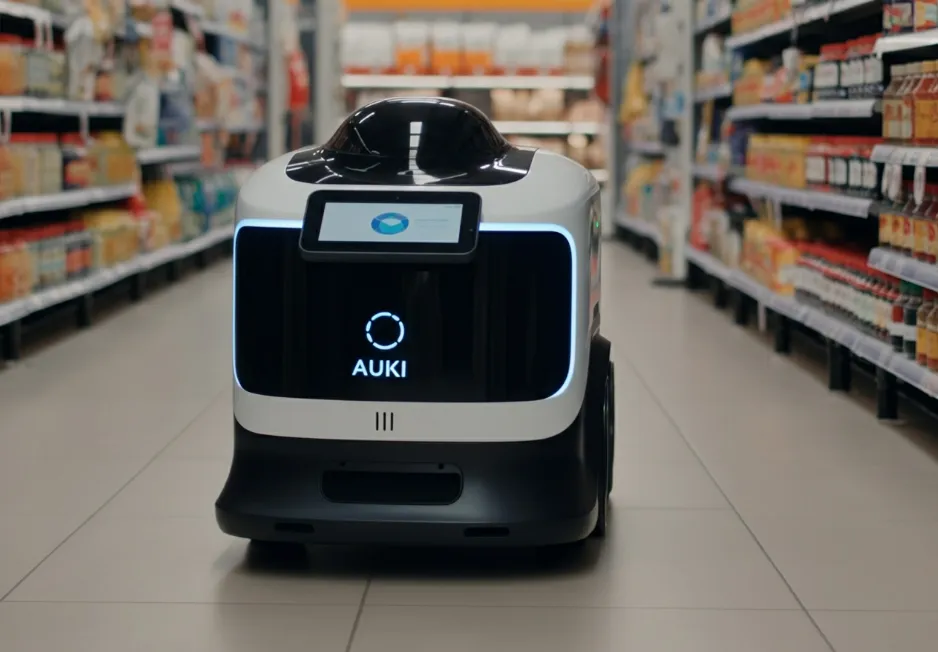Many are envisioning a future in which autonomous AI-powered robots are managing our cities, making deliveries, and driving us from point A to point B.
But there's a problem. How will these robots, drones, and self-driving vehicles navigate through dense cities and indoor locations?

Let's say you send an AI-powered robot to go grocery shopping on your behalf. How will it know where the ketchup is, for example?
Or let's suppose a drone is delivering a pair of shoes to your condo. How will it locate your balcony amid the thousands that exist on your block?
These devices will need a visual map to navigate through the city and tall buildings.
RTK vs VPS
You may have already heard of location-based DePIN projects such as GEODNET, which provide Real-Time Kinematic data (much more accurate than GPS), and are helpful in sectors such as agriculture.
For example, farmers purchase GEODNET's location data (with GEOD tokens) to optimally steer their tractors when spraying or harvesting crops, avoiding skips or overlaps.
The problem with this type of positioning is that it relies on line-of-sight, making it less efficient in dense urban areas and indoor locations.
How AUKI Helps
AUKI is focused on building a decentralized visual positioning system (VPS) with centimeter-level accuracy.
AUKI's VPS will be utilized by robots and other devices to achieve precise spatial awareness, allowing them to navigate through cities and buildings.
How does AUKI build this positioning system? By rewarding node operators and users with $AUKI tokens for contributing compute resources and data.
This decentralized approach lowers barriers to entry, democratizes infrastructure development, and reduces reliance on centralized providers.
Data Privacy
Unlike the traditional visual positioning systems built by big tech companies such as Google, Meta, or Apple (which rely on centralized servers, raising privacy concerns), AUKI allows venues to self-host or choose trusted partners for visual positioning, retaining control over their data.
AUKI Token
AUKI's deflationary token model (burning AUKI for services, reducing the token supply from 10 billion to 5 billion) incentivizes early adoption and sustained engagement.
Users burn AUKI tokens to access Posemesh services, such as spatial computing resources or visual mapping data (e.g. 3D maps for robotics or augmented reality).
The AUKI token was minted on Base (an optimistic roll-up for Ethereum), offering lower fees and faster transaction times than Ethereum mainnet, and it can be purchased on Uniswap (not financial advice!).
DePINed Interview
If you are interested in learning more about AUKI, be sure to check out founder Nils Pihl's recent interview with Tom Trowbridge (the co-founder of Fluence), where they go into further detail about the project (link in the sources section below).
Until next time...
As we head into a future powered by AI and autonomous robots, AUKI's decentralized visual positioning system powered by $AUKI is certainly worth keeping an eye on.
If you learned something new from this article, be sure to check out my other posts on crypto and finance here on the Hive blockchain. You can also follow me on InLeo for more frequent updates.